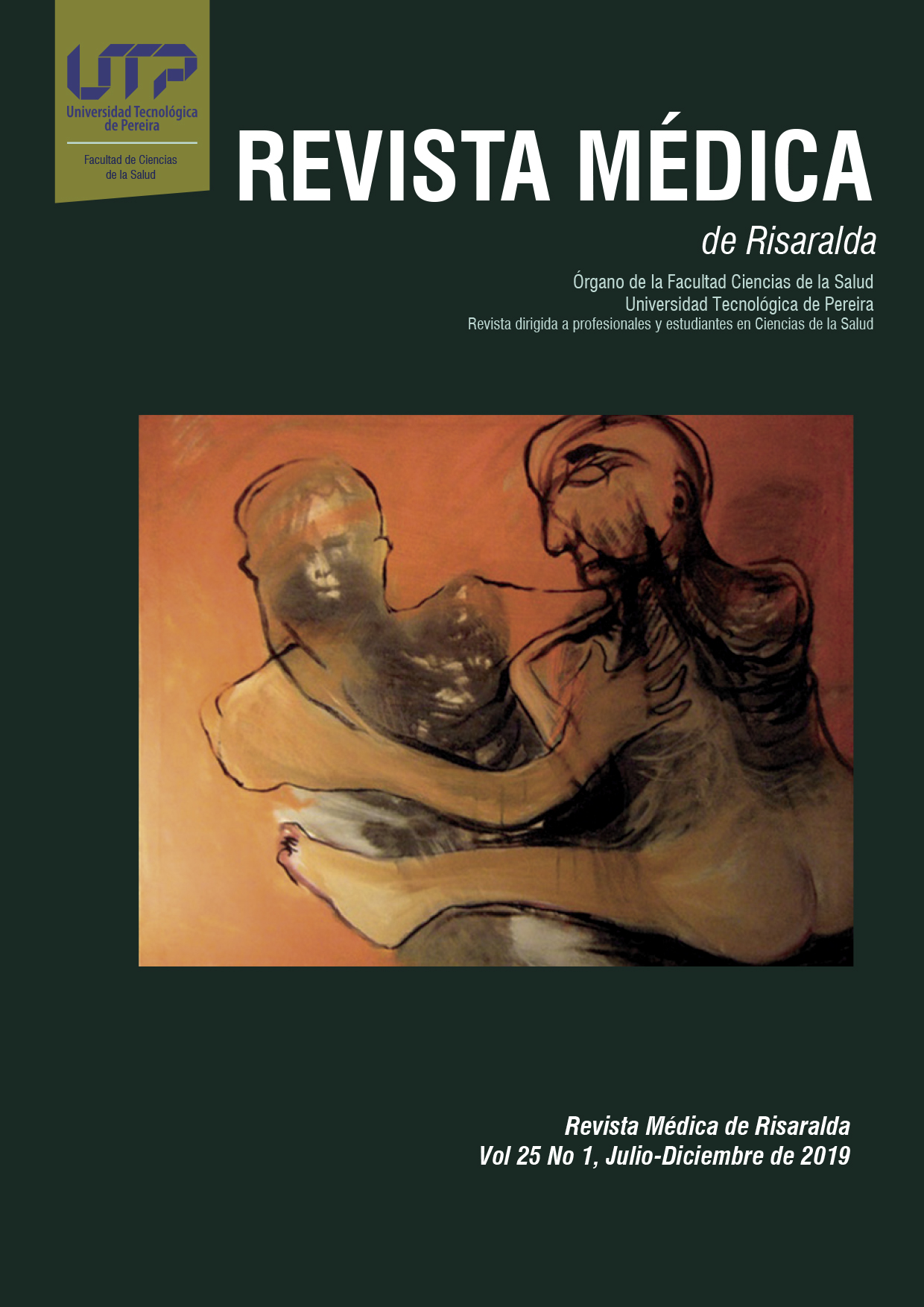Frequency and origin of the Kell antigen in female blood donors during 2016-2017
DOI:
https://doi.org/10.22517/25395203.16081Keywords:
fetal erythroblastosis, Kell Blood-Group System, Antigen-Antibody ComplexAbstract
Introduction: The Kell system consists of two major antigens: Kell
(K) and Cellano (K), which are capable of causing serious reactions,
such as posttransfusion hemolytic reaction and hemolytic disease of
the newborn. The antigens of this system are highly immunogenic
which gives them the third place in clinical importance.
Objective: To determine the frequency of Kell antigen and origin of
blood donors in the Hemocenter of the Centro Oriente Colombiano
(H.C.O.C).
Methods: Cross-sectional descriptive study involving 186 blood
donors from the Centro Oriente Colombian Hemocenter, phenotyping
of the Kell antigen was carried out, using the technique Aglutination
in lamina, which is based on facing donor red blood cells with anti-K
monoclonal antibody. Calculated the phenotypic frequency of the
Kell antigen in percentages and for the processing of the information
was used the statistical package SPSS version 21.0 in Spanish where
all the analysis of the data of the population was carried out.
Results: 177 samples obtained in 9 blood donation campaigns were
carried out in different municipalities of the department of Boyacá,
obtaining a phenotypic frequency of 7.5% for the Kell antigen in the
population of female HCOC blood donors. Similar to the frequency
found in Colombia and Latin America.
Conclusion: It was determined that the frequency of Kell antigen in
the female HCOC donors was 7.5%, and it was possible to identify
that there is no statistically relation between the origin and the
presence of Kell antigen in the donors, Is related to mestizaje and
migration processes.
Downloads
Downloads
-
Vistas(Views): 1019
- PDF (Español (España)) Descargas(Downloads): 447
Published
How to Cite
Issue
Section
License
Cesión de derechos y tratamiento de datos
La aceptación de un artículo para su publicación en la Revista Médica de Risaralda implica la cesión de los derechos de impresión y reproducción, por cualquier forma y medio, del autor a favor de Facultad de Ciencias de la Salud de la Universidad Tecnológica de Pereira. 1995-2018. Todos los derechos reservados ®
por parte de los autores para obtener el permiso de reproducción de sus contribuciones. La reproducción total o parcial de los trabajos aparecidos en la Revista Médica de Risaralda, debe hacerse citando la procedencia, en caso contrario, se viola los derechos reservados.
Asimismo, se entiende que los conceptos y opiniones expresados en cada trabajo son de la exclusiva responsabilidad del autor, sin responsabilizarse ni solidarizarse, necesariamente, ni la redacción, ni la editorial.
Es responsabilidad de los autores poder proporcionar a los lectores interesados copias de los datos en bruto, manuales de procedimiento, puntuaciones y, en general, material experimental relevante.
Asimismo, la Dirección de la revista garantiza el adecuado tratamiento de los datos de carácter personal



